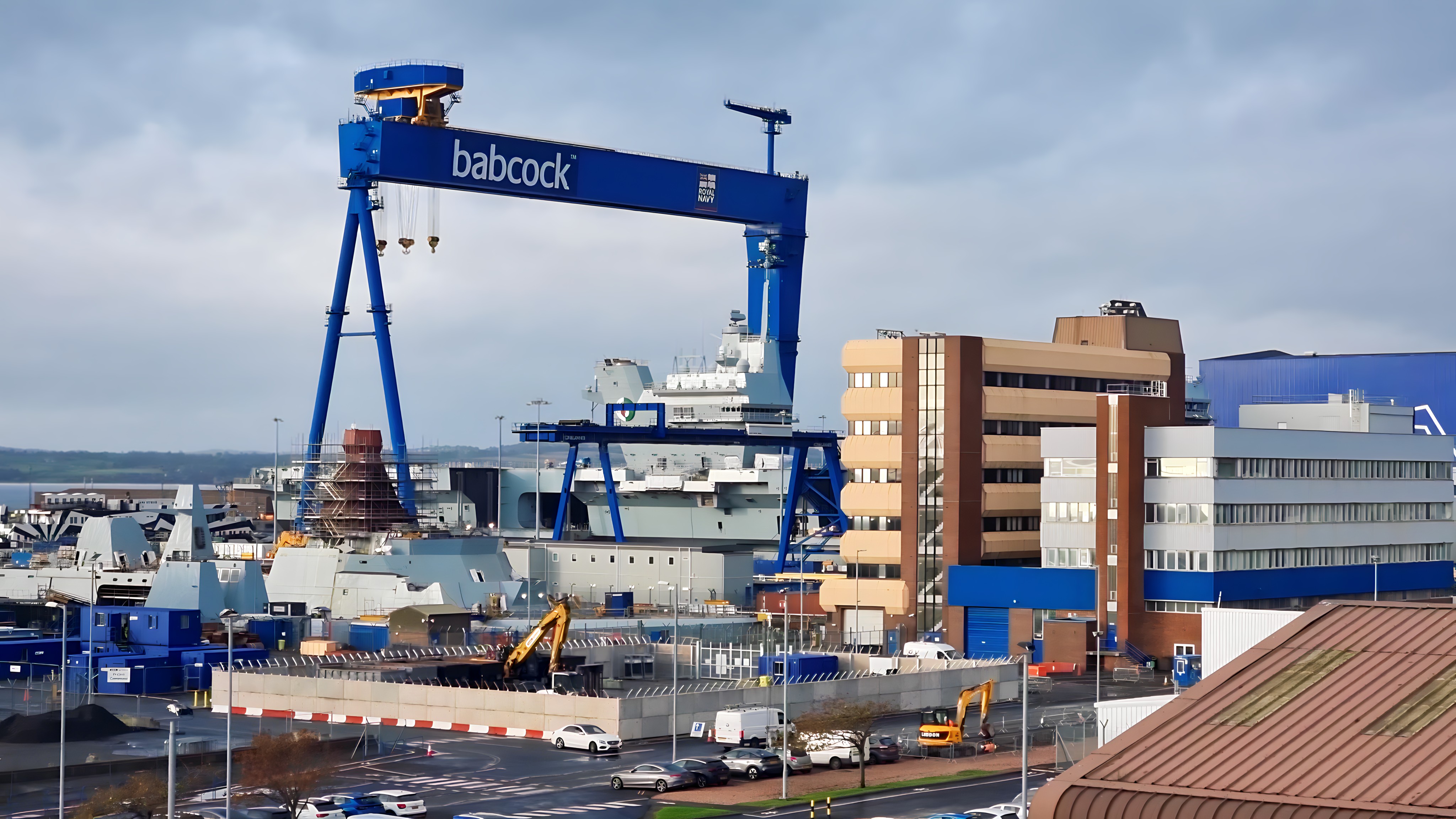Kraken Technology Group has been awarded a United States Special Operations Command agreement worth up to $49 million to accelerate the development of new uncrewed surface and subsurface vessels.
The award gives the British firm a route into rapid prototyping for US special operations forces at a time when both the United States and European allies are seeking faster access to non traditional defence technology.
The company said the agreement follows two successful SOCOM innovation cycles involving the United Kingdom and Norway. Its pitch has centred on platforms built in close consultation with operators, with design choices shaped by direct feedback rather than lab led development. Under the new agreement Kraken will produce prototype craft that use advanced materials, reduced signature features and modular payload bays that can be reconfigured for intelligence gathering, logistics support or limited strike roles.
Chief executive Mal Crease said: “We are honoured to partner with USSOCOM in support of its mission to field disruptive maritime capabilities. This OTA represents a validation of our technology roadmap and underscores the critical need for next generation uncrewed platforms that deliver superior agility, survivability, and operational versatility in the maritime domain.”
Kraken has expanded quickly across Europe over the past two years, completing NATO’s Task Force X activities, securing parallel investment from the NATO Innovation Fund and the British Business Bank’s National Security Strategic Investment Fund, and winning orders from several NATO states. It has also integrated systems with the UK Ministry of Defence, giving it a domestic operational record to point to as it pursues wider export opportunities.
The systems covered by the agreement will include autonomous navigation suites, low observable shaping and scalable sensor and effector packages. They are intended for use in littoral environments where traditional crewed platforms face growing risk. The company argues that small uncrewed craft can complicate adversary targeting and give special operations teams a more resilient set of tools.
The US award uses the Other Transaction Authority mechanism, which allows the Pentagon to work with firms outside the traditional defence sector and adopt emerging technology at a quicker pace. Kraken says it intends to use the agreement as a platform for further expansion and closer collaboration with the UK and allied armed forces.














is this the first surface drone that uses a hydrofoil? it certainly will be quick. although not sure how well this does in rough seas
In rough seas it can sumerge.
thanks, that is pretty cool
Excellent sailplane-tyle design. Carbon fibre or Kevlar – preferably Kevlar for its radar stealth characteristics. Should work well. The future!
It reminds me a lot of the America’s Cup yachts with their tadpole foil arrangement and a similar hullform, which seems promising for their performance. Not to mention it looking like Batman’s private yacht.
Then the radar would reflect off the gas bottles, engines and other bits of metal inside.
Then the radar would reflect off the gas bottles, engines and other bits of metal inside.
Damn, that looks cool.
Only a payload of 100kg though, so mostly for ISR missions. And I doubt a quadcopter would be able to take off and land at 30kts!
Actually never mind, there’s a 54ft variant that has 5t payload and 60kt speeds. This thing is badass.
Don’t worry by the time it has been subjected to NIH theory and processed by the geniuses who gave us LCS and Consternation Class….it will be a camel mated with an elephant with the water loving characteristics of a domestic cat…..
I wonder if it should have the Aegis libraries and a new variant of SPY-6? At least it can already keep up with a CSG, though RASing might cause issues- maybe it could do AAR from a low-flying C130? That would be optimal from a capability standpoint.
Do you see what I meant about defence and politics yet?